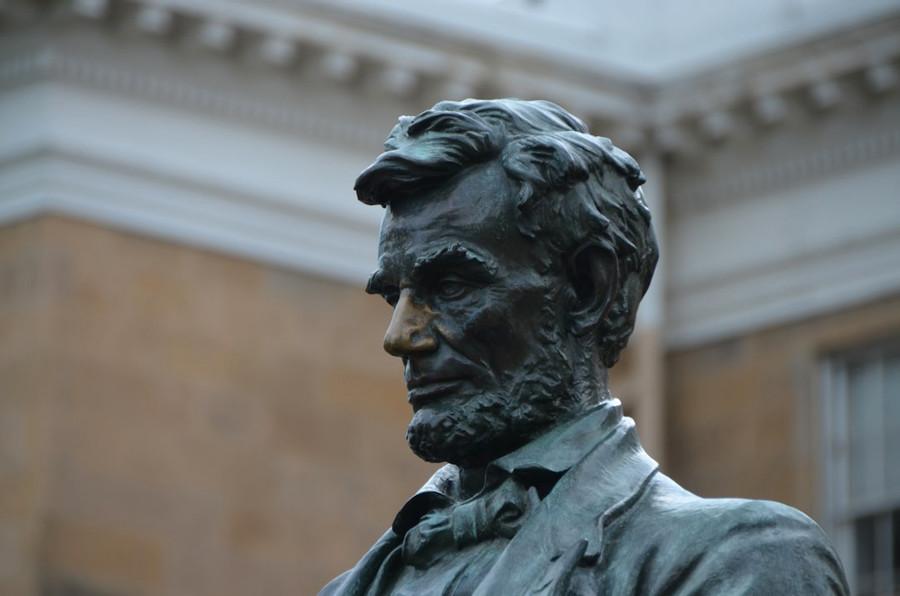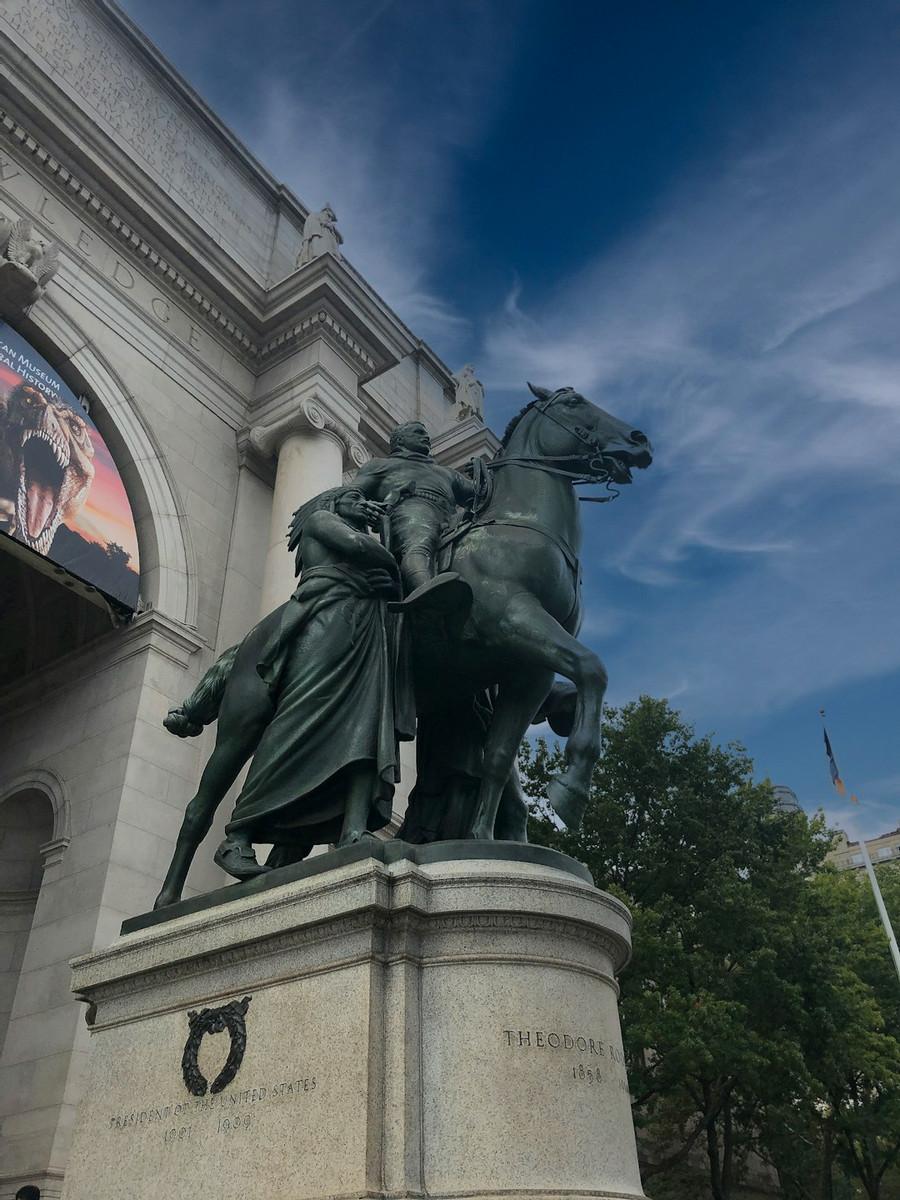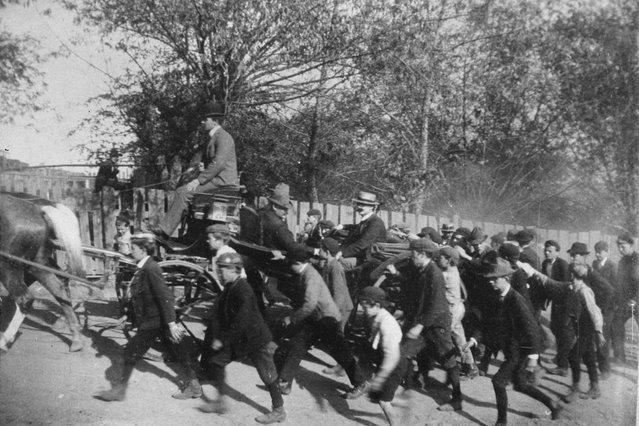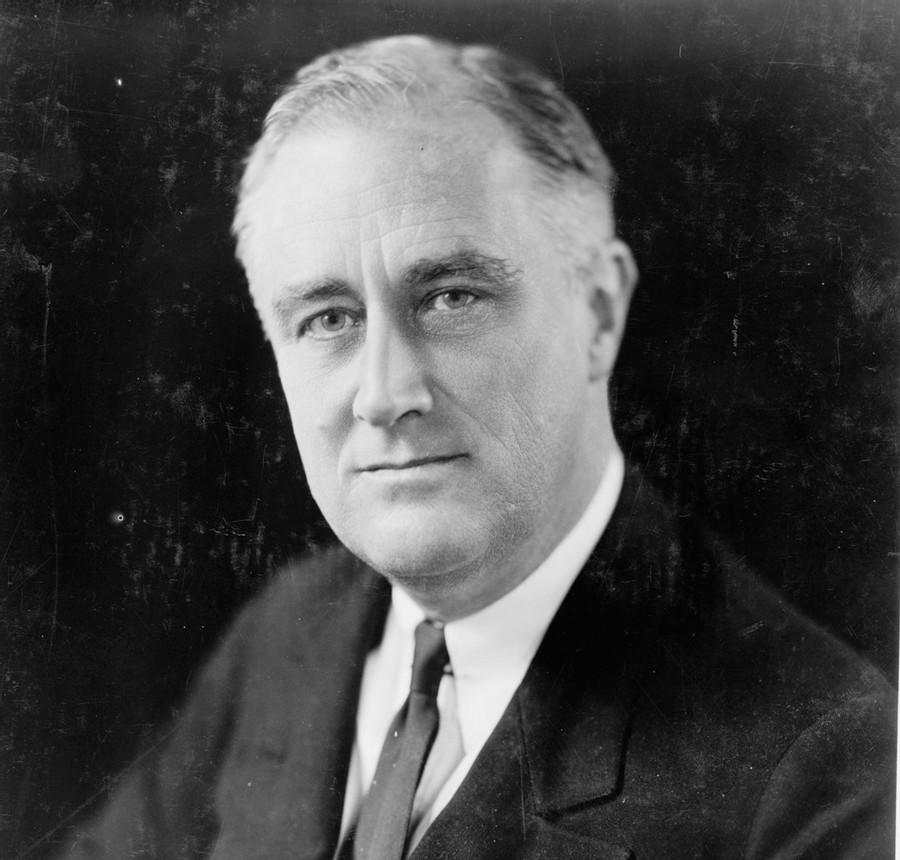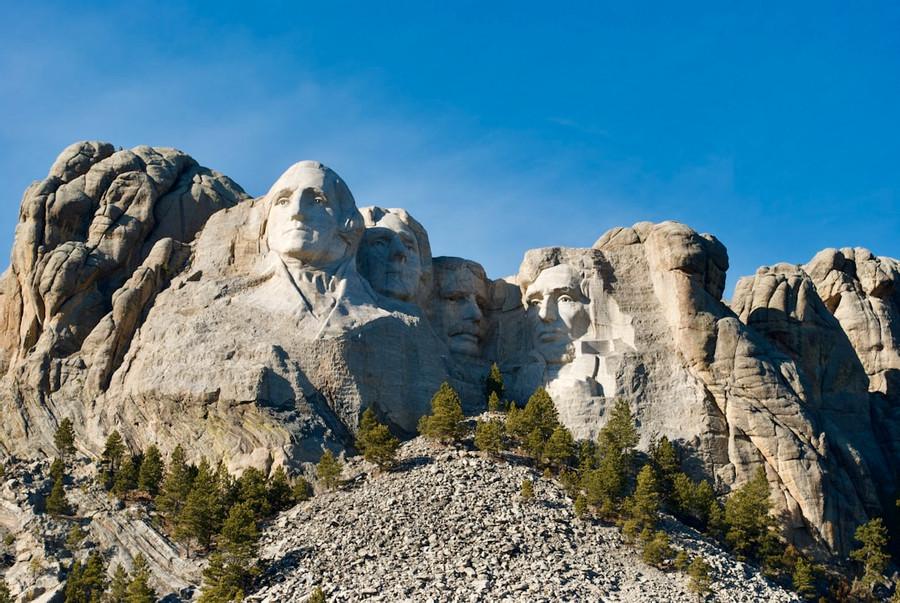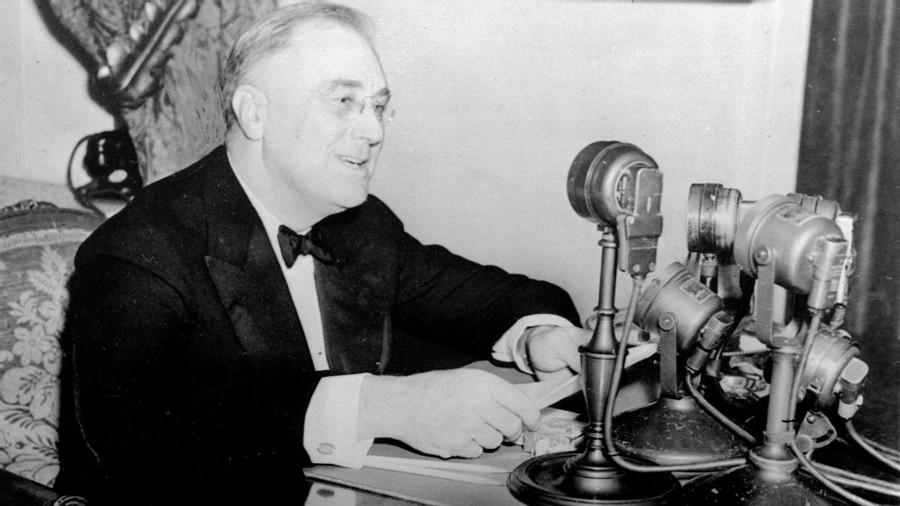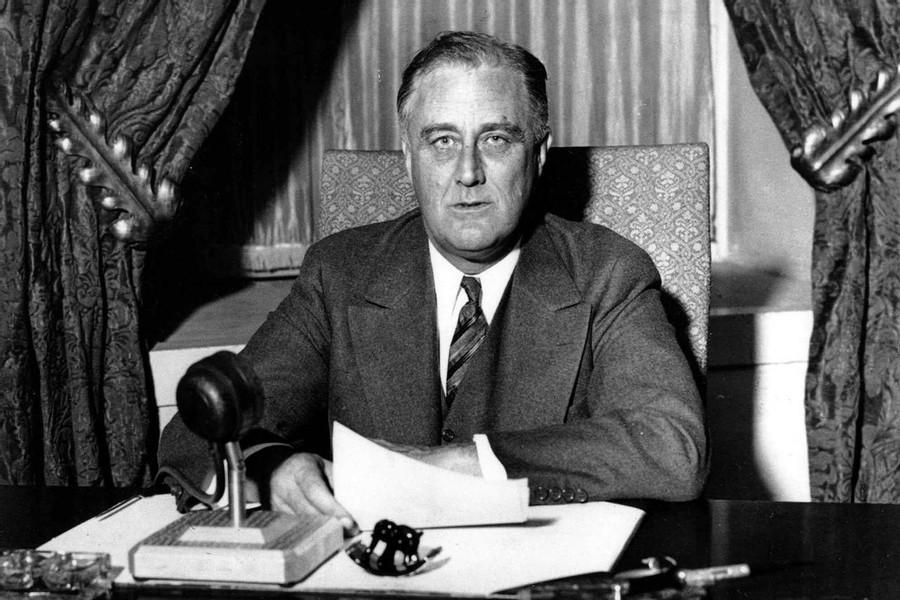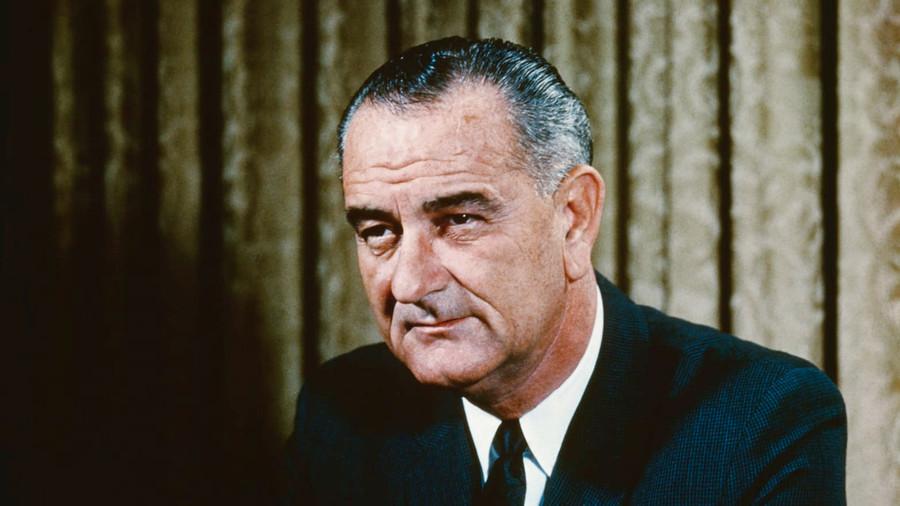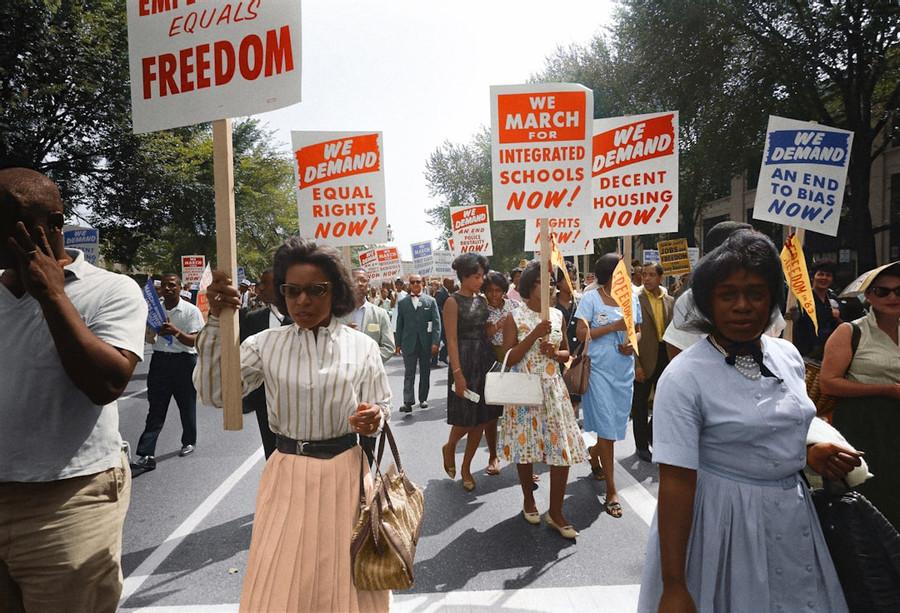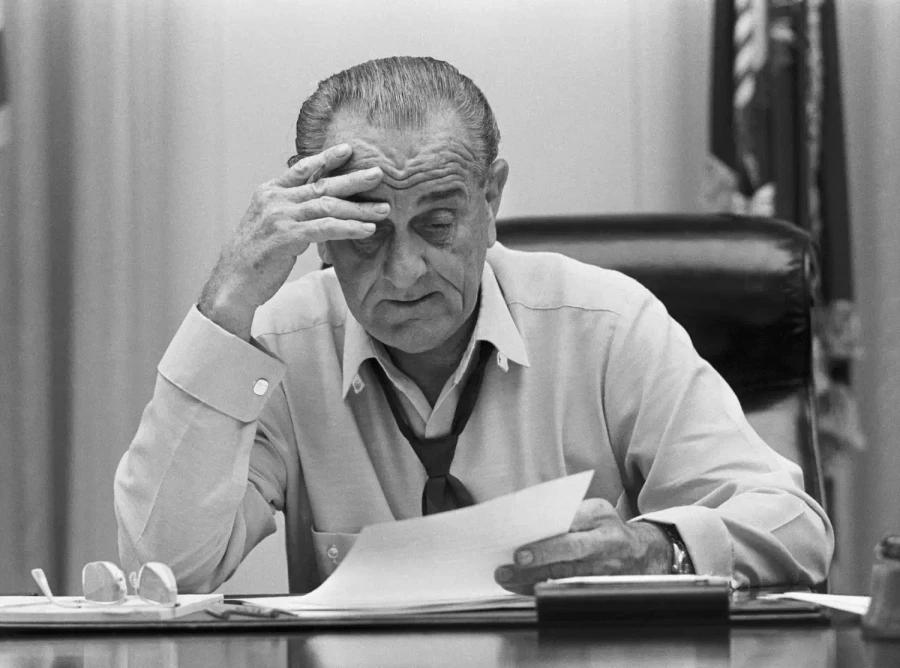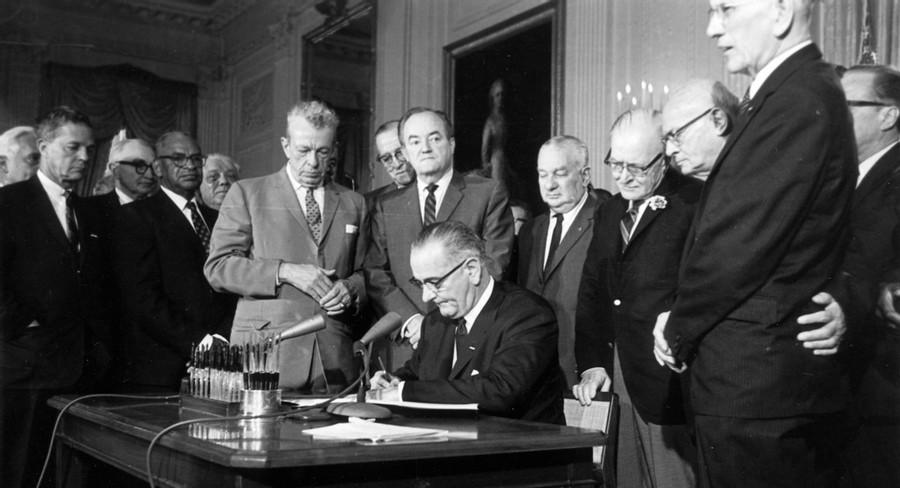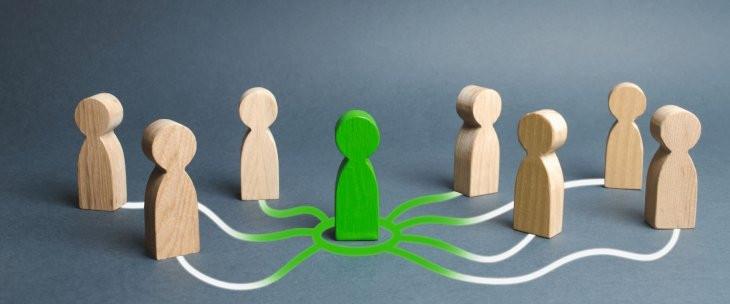Samuel Awoke's Key Ideas from Leadership
by Doris Kearns Goodwin
Ideas, facts & insights covering these topics:
17 ideas
·5.94K reads
34
1
Explore the World's Best Ideas
Join today and uncover 100+ curated journeys from 50+ topics. Unlock access to our mobile app with extensive features.
Abraham Lincoln, The Emancipation Proclamation and Transformational Leadership
Abraham Lincoln, assumed the 16th President of the United States on March 4, 1861.
Lincoln had a simple origin and had to leave his studies to work in the farm with his father. But in his eagerness to learn, he became self-taught and had to study on his own.
Thus, he became a lawyer, a Federal Deputy, took part in the founding of the Republican Party and was elected President.
In early days as a politician, his tactic was simply to observe and understand how the dynamics of the assembly worked.
However, he had his term finished early when he was assassinated in 1865 while watching a theater play.
73
781 reads
The Challenges Faced
Great leaders are shaped by crises and challenges. And Lincoln went through adversities from his poor childhood to episodes of deep depression.
During the civil war, he needed to unite a divided country, because the South wanted the separation of the North. And allied to this, the issue of slavery was an emerging problem.
That is why, it was up to Lincoln to lead the nation toward peace and unification and articulate in government how to secure the freedom of slaves by abolishing slavery. And such a transformation has brought learning as we shall see now.
71
562 reads
Transforming Leadership
What allowed Lincoln to know that it was the right time to implement such a transformation?
- Know when to change direction: You must understand that if something is flawed and does not happen as it should, a new direction must be taken;
- Gather information: Conducting research, getting as much information as possible, and asking the right questions is very important to reflect and strategize from there;
- Prevent obstacles: As a leader focused on transformation, it is critical to predict the opposing viewpoints and how they can aggregate or disrupt your strategies.
86
514 reads
Theodore Roosevelt, The Coal Strike and Crisis Leadership
Born in New York in 1858, Theodore Roosevelt lived in an opposite reality to Lincoln. Son of a rich family, descendant of Dutch, Theodore studied at Harvard and had all the support of his family during his trajectory.
As a politician, he participated in the New York Assembly and was Director of the city's Police Department and also governor of the state, until in 1900 he was elected as Vice President alongside William McKinley.
71
442 reads
...
However, the assassination of McKinley, in 1901, made Roosevelt assume the presidency and initiated his period of eight years as 26th President of the United States.
Known for his progressive thinking, Theodore Roosevelt achieved several goals, including a Nobel Peace Prize for having brokered a conflict between Russia and Japan.
In 1919, Theodore Roosevelt had a heart attack and died at the age of 60.
71
401 reads
Challenges and The Great Crisis
Theodore Roosevelt's first major challenge was a family tragedy when his wife got a serious illness, and his mother, who took care of her, was also infected. So Theodore had to deal with the loss of both of them, who died the same day.
The great crisis faced by Theodore, was the Coal Strike, where the association of miners went on strike in search of better wages and working conditions.
The biggest problem was that winter was approaching, and coal was the main material needed to heat the houses, which required a great ability of the President as crisis manager to solve this problem.
70
350 reads
Leadership in Crisis
Theodore Roosevelt's learning of management difficulties stand out in this matter, and from his behavior we can learn that:
- Calculate risks and understand the correct time to get involved: always pay attention to the scenario and how it is behaving, so that, when it is necessary to act, you already have the plans defined;
- Have a crisis management team: During the coal strike, Roosevelt gathered 7 expert professionals to assist in resolving the situation. In critical moments, having a high performance team is key to finding the best solutions and achieving the best result.
81
336 reads
Franklin D. Roosevelt, The Great Depression and the Leadership of Recovery
Being a member of a wealthy family, he had a privileged education, graduating from Harvard and Columbia University. When he was 25, he outlined a 4-step plan so he could become President of the United States.
This way, at just 31 years old, he had already completed the first two steps. He was Senator in New York and later Secretary of the Navy. Franklin still tried the election as Vice President, but was defeated.
In 1928, he reached the third step: to be governor of New York. This achievement allowed him to reach the top of his planning in 1932, becoming the 32nd President of the United States.
71
310 reads
...
Roosevelt served four mandates for 12 years and was the President who longer held office.
During his lifetime, Franklin Roosevelt experienced many adversities, such as diagnosing poliomyelitis and being in the government during World War II, but he is considered one of the best presidents in US history.
In 1945, before the end of World War II and three months before completing his 4th term, Franklin Roosevelt died as a result of his deteriorated health, but left an immense legacy.
71
288 reads
Challenges and the Great Crisis
At 39, Franklin Roosevelt contracted polio, limiting his movements and confining him to a wheelchair. This was a major blow to him, who needed years to recover and keep the political career.
As President of the United States, Franklin Roosevelt faced two crucial moments in the country's history: the Great Depression and World War II.
70
278 reads
...
When he was elected and assumed his post, Roosevelt had to deal with the desperation that was set in the country. It was already the 4th year of the Great Depression and it was necessary to define the plans of action to get out of this "hole" in which the United States was and to resuscitate the country's economy.
Soon after the Great Depression came World War II, where the United States joined in 1942 after the Japanese attack on Pearl Harbor. During this period, Roosevelt had to face all the consequences of a world-scale conflict.
70
256 reads
Recovery Leadership
- Restore Trust: In the US crisis scenario, restoring everyone's trust was essential. That is why the first step was to speak the truth to the population, to stipulate the next steps and, thus, win the confidence of all;
- Shared purpose: The next step was to create a shared sense of purpose with everyone. Then, Roosevelt defined that he, as leader, and the population were interdependent and would need to work together to rebuild the country;
- Leading by Example: In moments of crisis and the search for recovery, it is up to the leader to be an example and lead the team towards success.
81
254 reads
Lyndon B. Johnson, Civil Rights and Visionary Leadership
Popularly known as LBJ, Lyndon B. Johnson was the 36th President of the United States, taking office after John Kennedy's death.
Born in 1908, with a simple family, LBJ graduated from Texas State University and Georgetown University, working independently while at school, where he developed several characteristics such as his ability to persuade.
Lyndon Johnson was a professor and entered politics in 1937 as a member of the House of Representatives. Later, he was chosen senator and in 1961 assumed the vice-presidency of the Kennedy's Government.
70
252 reads
...
With Kennedy's death in 1963, LBJ assumed the presidency, a position that he occupied until 1969, leaving like greater accomplishment the approval of the Law of the Civil Rights.
After the end of his term, Johnson retired to his ranch and dedicated himself to write his memoirs and, with his health weakened, passed away in 1973, victim of a heart attack.
70
238 reads
Challenges and the Great Crisis
One of Lyndon's big challenges was to pass the Civil Rights Act, which had been stagnating in Congress for a long time.
This law was very important because it defined the end of discrimination, be it by race, color, sex or national origin, in the United States and faced resistance from some people, while having the support of people like Martin Luther King.
Thus, with the signing of the law, Johnson achieved one of the most important milestones in the US rights struggle, where blacks were no longer forced to sit at the bottom of the bus and could vote for the first time.
71
229 reads
Visionary Leadership
From Lyndon Johnson's visionary leadership, we can mention some factors that stand out:
- Establish a Future Image and Master the Power of Narrative: When we speak of "visionary", we speak of establishing a vision for the future, having ideas. The vision must be passed on correctly, through stories and narratives that will facilitate the understanding of all;
- Know When to Raise Everything: The Civil Rights Act had the purpose of making a radical change in the status quo of the United States, and the chance of failure was great. But Johnson knew this was the time to make that change.
74
209 reads
Must knows to become a good leader
- Be resilient, always seek to overcome adversity and move on;
- A good leader can get the best ideas from the worst situations;
- Have determination, because in times of crisis it takes strength to reach your goals;
- Great leaders can arise from different realities;
- Understand your strengths and weaknesses and get the best of them;
- Be ambitious. Just like the leaders studied, you need to chart out a plan for big flights;
- In crises, a great leader has the opportunity to retreat, reflect, rebuild and reappear even stronger.
84
243 reads
IDEAS CURATED BY
CURATOR'S NOTE
The four leaders in this book make an interesting quartet. Each assumed office in crisis — LBJ and Teddy upon the assassination of a president, Lincoln at the collapse of the Union, FDR at the collapse of the economy. None had a honeymoon period to get up to speed on the massive demands placed upon them.
“
Different Perspectives Curated by Others from Leadership
Curious about different takes? Check out our book page to explore multiple unique summaries written by Deepstash curators:
4 ideas
Atanu Barua's Key Ideas from Leadership
Doris Kearns Goodwin
Discover Key Ideas from Books on Similar Topics
18 ideas
On Grand Strategy
John Lewis Gaddis
17 ideas
The Demon of Unrest
Erik Larson
9 ideas
Chief Joy Officer
Richard Sheridan
Read & Learn
20x Faster
without
deepstash
with
deepstash
with
deepstash
Personalized microlearning
—
100+ Learning Journeys
—
Access to 200,000+ ideas
—
Access to the mobile app
—
Unlimited idea saving
—
—
Unlimited history
—
—
Unlimited listening to ideas
—
—
Downloading & offline access
—
—
Supercharge your mind with one idea per day
Enter your email and spend 1 minute every day to learn something new.
I agree to receive email updates
